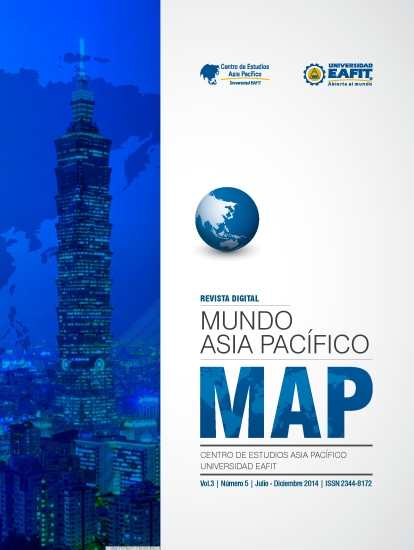Antiquity and law: the legal system in India
Main Article Content
Keywords
India, Indian Law, Anglo -Indian Law, Dharma, Vedas.
Abstract
Just as there is not one India on political and economic issues, there is not one Indian Law. There coexist, in a Constitutional Law matrix, a modern law, which follows the western lines, along with a Personal and Family Law, who refuses to give up their ancient customs. The first one governs the world’s largest democracy; gives order and administration to its political and economic life; and allows it to talk fluently with the global world. The second keeps officiating ancestral rites; attending special courts; and transforming to positive law all aspects not contemplated in the legal order. Both are powerful legal trends arising from the same India and that will continue evolving in accordance with the nature and modernization of the Indian people.
Downloads
References
Lorenzen, D. N., & Preciado Solís, B. (2003). Atadura y liberación: las religiones de la India. COLMEX.
Malhotra, A., & Malhotra, R. Family Law and Religion: Indian Expirience.
Ontiveros, E., & Guillén, M. (2012). Una nueva época, los grandes retos del siglo XXI. Barcelona, España: Galaxia Gutemberg.
Oropeza García, A. (2013). México-Rusia: culturas y sistemas jurídicos comparados. México: Instituto de Investigaciones Jurídicas, UNAM.
Pániker, A. (2014). La sociedad de castas. Barcelona, España: Kairós.
Sen, A. (2007). India Contemporánea: entre la modernidad y la tradición. Barcelona, España: Gedisa.
Spear, Percival, Historia de la India II, Fondo de Cultura Económica, México, 2001
Setalvad, M., & Vibhufhan, P. (1960). The Common Law in India. Stevens and Sons United.
Tharoor, S. (2009). Nehru: la invención de la India. Barcelona España: Tusquets.

